Cheese Draining Explained (Bags, Mats, Methods) - All You Need To Know
10th Jul 2024
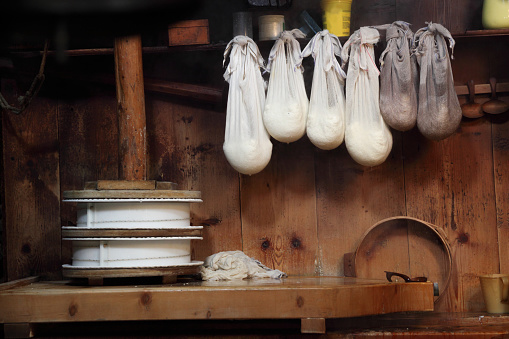
Draining cheese is a simple, yet essential part of the cheesemaking process because it separates the cheese curds from the whey and allows for fermentation to take place. Due to the many types of cheese draining methods available, it may be challenging to find which one works best for your cheesemaking needs.
For starters, there are plenty of cheese draining methods depending on the type of cheese you’re making such as using a draining bag (which is the most common and popular way), utilizing a draining mat or a reusable cheesemaking cloth, all of which can be found at our one-stop shop--The CheeseMaker. Now, let’s get down to the nitty gritty of each cheese draining method to help you discover the best way to drain cheese.
Cheese Draining Methods
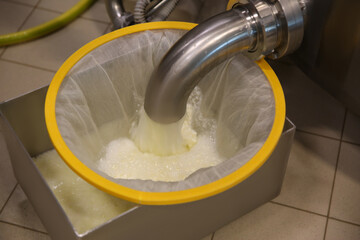
Strainer or Colander - One of the most traditional cheese draining methods is to use a strainer or colander. We recommend using a mesh strainer for a more thorough drainage or if you’d like to use a colander that will also work as you line it with a cheese or mesh cloth. If you don’t have cloth, then using a few layers of sturdy paper towels would also work in that case.
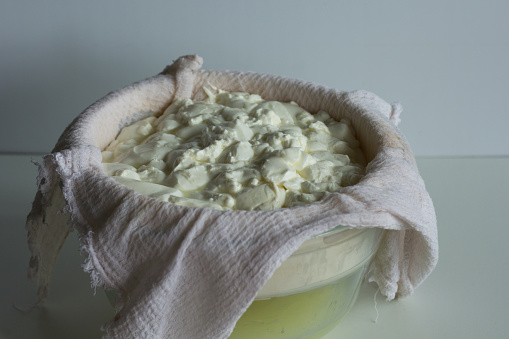
Cheese Cloth - Our reusable cheese cloth is ideal for draining soft, fresh, and large curd cheeses. At The CheeseMaker, they come available in 50, 60, or 90 threads per inch. We also offer bleached and unbleached options. After you’re done making cheese, all you have to do is sanitize and rinse the cloth before using it again. The difference between each thread depends on the amount of cheese you have to drain and the type of cheese you’re looking to make, which we will cover more thoroughly.
Unbleached Butter Muslin
Grade: 50 threads per inch (2.54cm).
Use this cloth to bandage and/or drain your large curd cheeses and lining your mould and press. Rinse after using in cold water and reuse.
Bleached Butter Muslin
Grade: 60 threads per inch (2.54cm).
Use this cloth to bandage and/or drain your large curd cheeses and lining your mould and press. Rinse after using in cold water and reuse.
Unbleached Butter Muslin
Grade:90 threads per inch (2.54cm).
Use this cheesecloth for draining soft cheeses like ricotta and other fresh cheeses. Rinse after using in cold water and reuse.
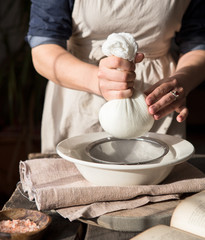
Draining/Straining Bags - Our easy-to-use draining and straining bags are a great alternative to the traditional cheese cloth. You can drain or strain your cheese curds, ricotta, yogurt, or even your cold brew coffee grounds! They come in four sizes including heavy duty for all your draining needs and they are also reusable as long as you maintain them with proper and regular cleaning. Draining bags are great for draining over periods of time vs. putting cheesecloth in a colander for a quick drain.
Custom Draining Tray & Optional Insert - For our artisan and novice cheesemakers alike, our custom draining tray makes it easy to drain whey. It’s useful for many applications like draining moulds with bottoms and the optional insert is beneficial for draining hoops that are bottomless; it even fits our Dutch Cheese Presses! For the best outcome, we recommend placing it next to your sink to allow the cheese curds to drain neatly into the sink without the mess and cleanup that often comes with it.
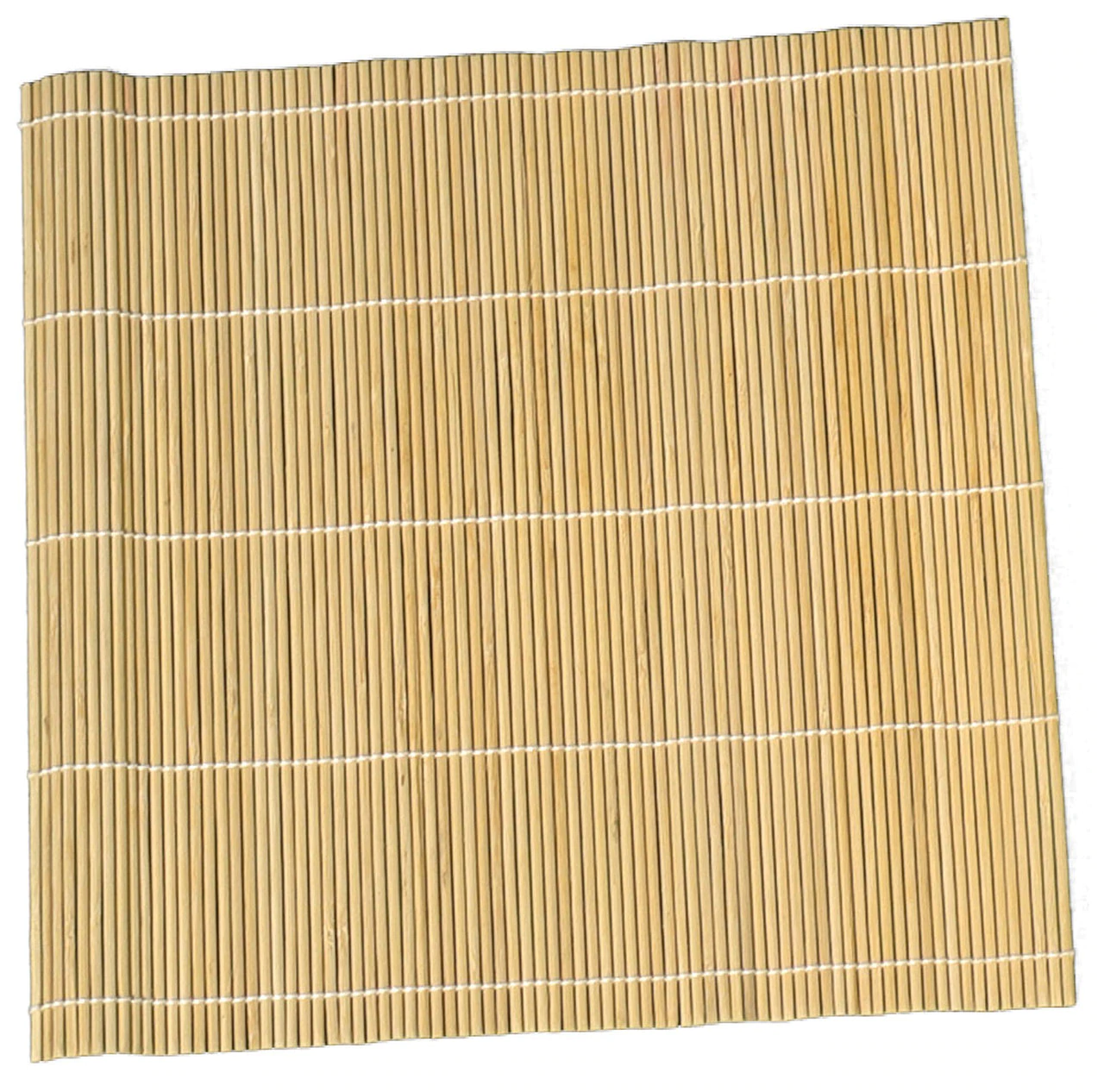
Bamboo Draining Mats - For aged cheeses, our natural bamboo mats work wonders, especially if you’re looking for an alternative to metal or plastic cheese draining. We sell them in bulk or individually to save you money in the long run! Our bamboo draining mats can be washed easily and hung to dry. Be sure to wash these in hot water and use our no-rinse food grade sanitizer for safety practices.
Whether you prefer draining mats, bags, or cloths--The CheeseMaker has something for everyone! No matter how far along you are in your cheesemaking process, our cheese draining products will help you achieve your desired end results.
What is the Purpose of Draining Cheese?
The purpose of draining cheese is to cool off the curds and separate them out from the whey (a type of protein found in milk). Draining cheese is an important step of cheesemaking in order to prevent decomposition and begin the fermentation process. What this means is that you must remove any excess water or liquid that is retained from the cheese milk known as whey--a byproduct of cheesemaking. This is done by removing any excess whey or water that naturally formulates from the cheese milk. In turn, this dehydrates the curd and allows the cheese curds to ferment or acidify. There are many ways to separate the curd from the whey, but some of the most effective ways are by taking advantage of our cheese draining products that are durable and efficient!
How Do I Know Which Cheese Draining Method to Use?
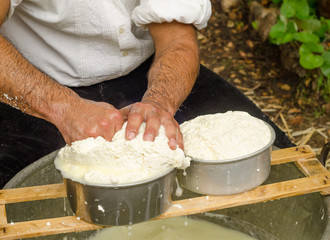
If you’re indecisive about which cheese draining product or method to use, that will depend upon personal preference and the type of cheese you are making. For example, to strain ricotta cheese since it is a softer type of cheese, we recommend using a strainer or colander and placing a mesh or cheesecloth over it and a bowl under to catch the draining liquid from the cheese. This draining method works particularly well for soft cheeses since soft cheeses typically retain more moisture as they require more liquid to make. One tip we recommend is to scoop your cheese curds in one spoon at a time to prevent excess liquid from dripping into the bottom of the container and avoid your mesh strainer from touching the base of the bowl. This way you can drain out the most liquid from the ricotta which will result in firmer curds and give you the desired consistency you’re looking for!
Which Cheese Draining Method is Best?
One of the most commonly asked questions when trying to find the “right” cheese draining method or product is: which cheese draining method is best? While there is no right or wrong answer, the cheese draining method that is the most practical option for most cheesemakers is the draining bag. Draining bags make draining cheese appear effortless as they are the most affordable, efficient, and straightforward to use. They are also considered the most versatile way due to their many uses; for instance, you can tie them around your kitchen faucet (if your faucet is high enough), kitchen cabinet, or you can kick it the old-fashioned way by letting it hang from the top of a large pot with something to across from. However, each draining method will depend upon how much batches of cheese you’re making and what type of cheese you’re making.
| Method | Image | Use | |
| Strainer or Colander |
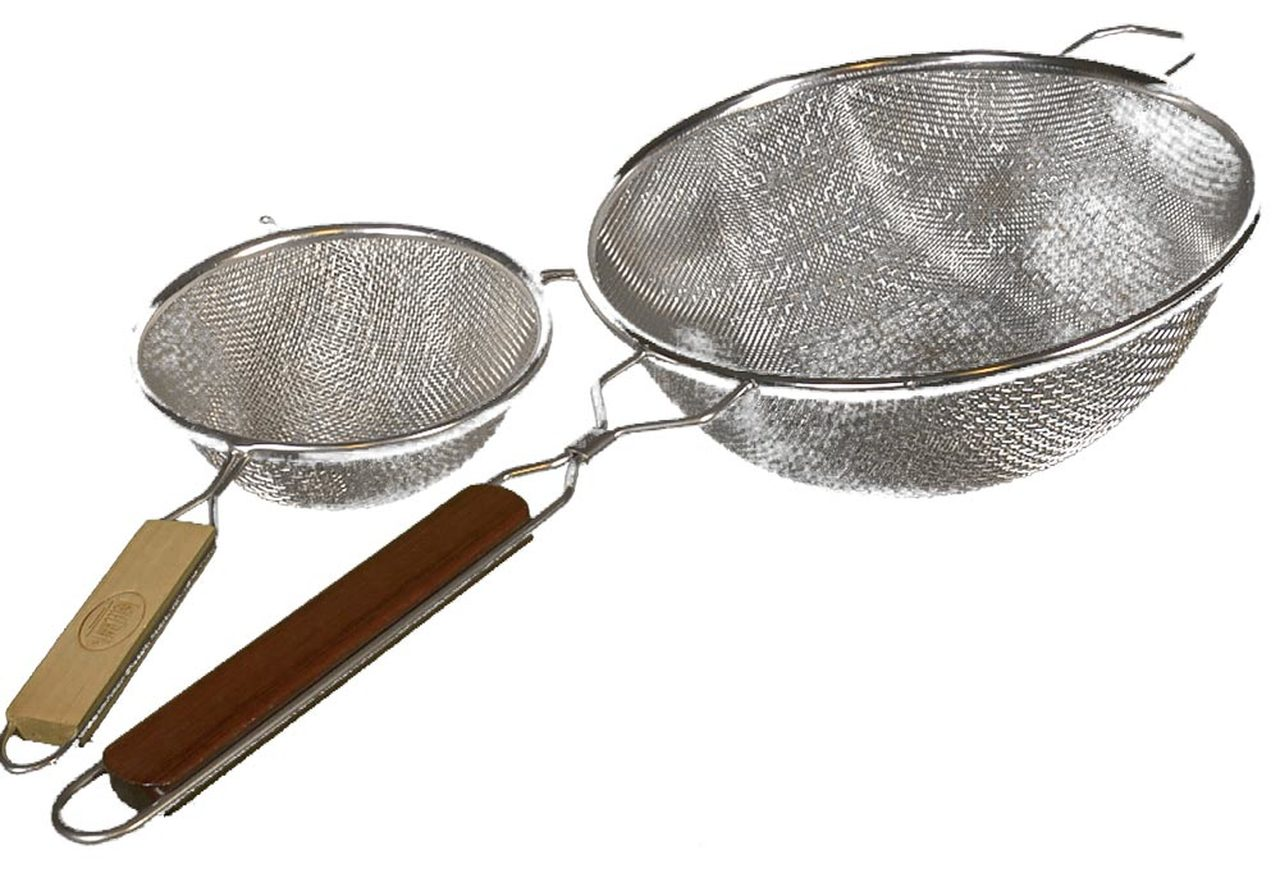
|
Heavy duty double mesh strainers
with a comfortable wood handle. Good for dipping into the whey/curd mass and extracting curds quickly. |
|
| Cheesecloth |
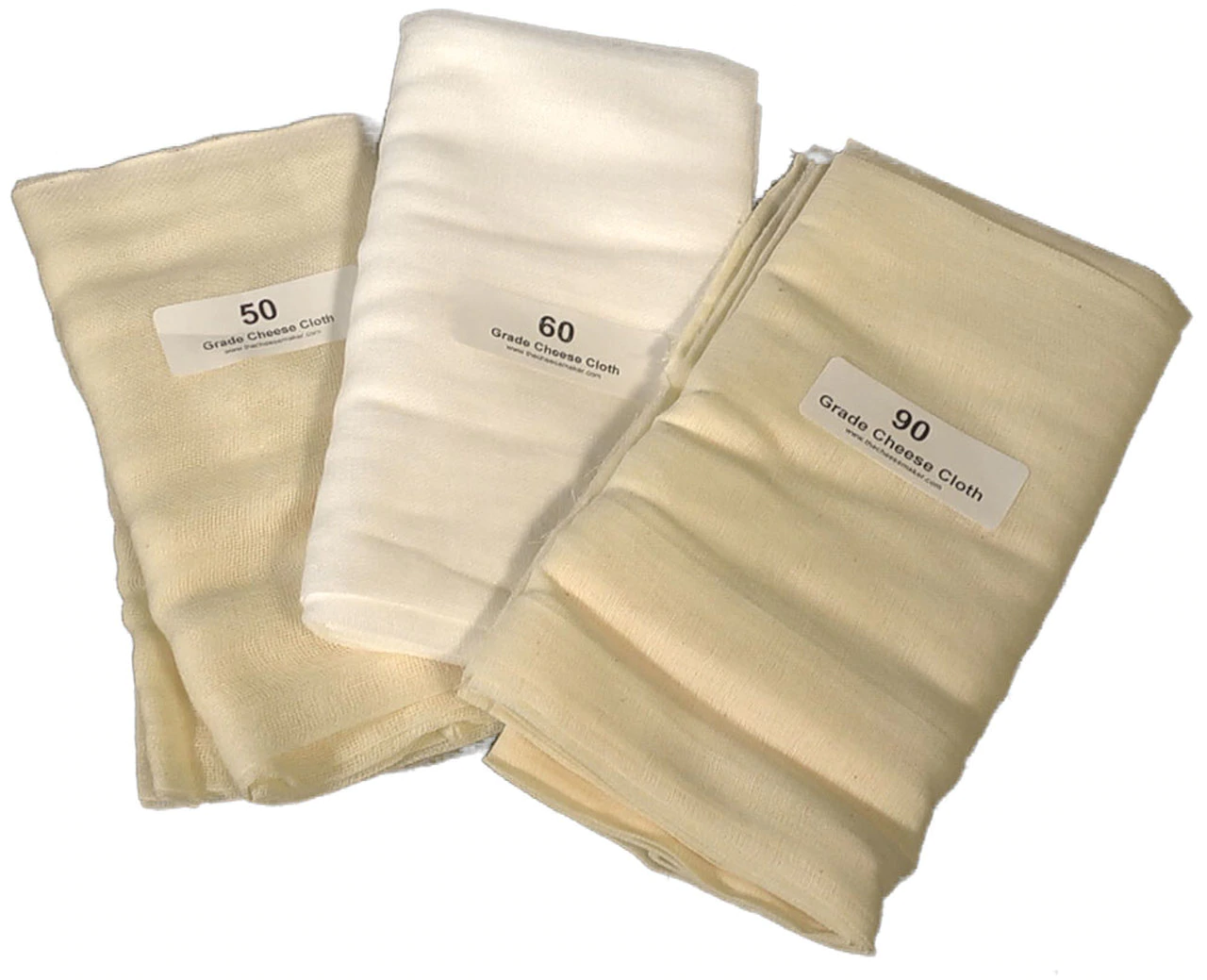
|
Press hoop for an hour or press the curds
in the mould until the cheese can be taken from the mould/hoop without falling apart. Then, dress with cheese cloth. Cut the cloth in a circular shape to fit slightly over the top and bottom of any round cheese. This method eliminates creases in your cheese. |
|
| Draining/Straining Bag |
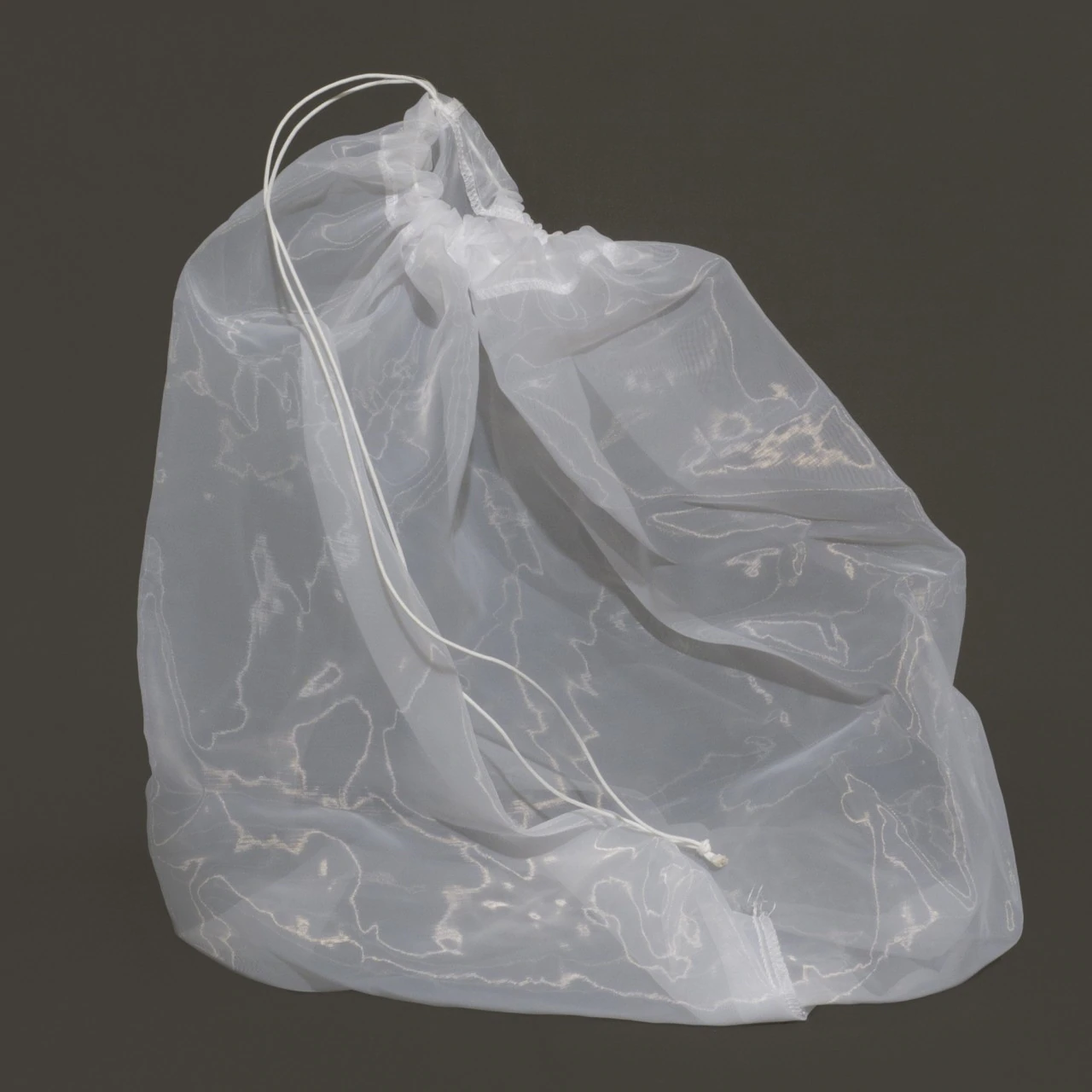
|
Our custom-made reusable straining bags can be
used as a replacement for a cheese cloth when making homemade cheese or yogurt. They even work great for cold brewed coffee, herba and CBD infusions: medical and food grade. |
|
| Custom Draining Tray |
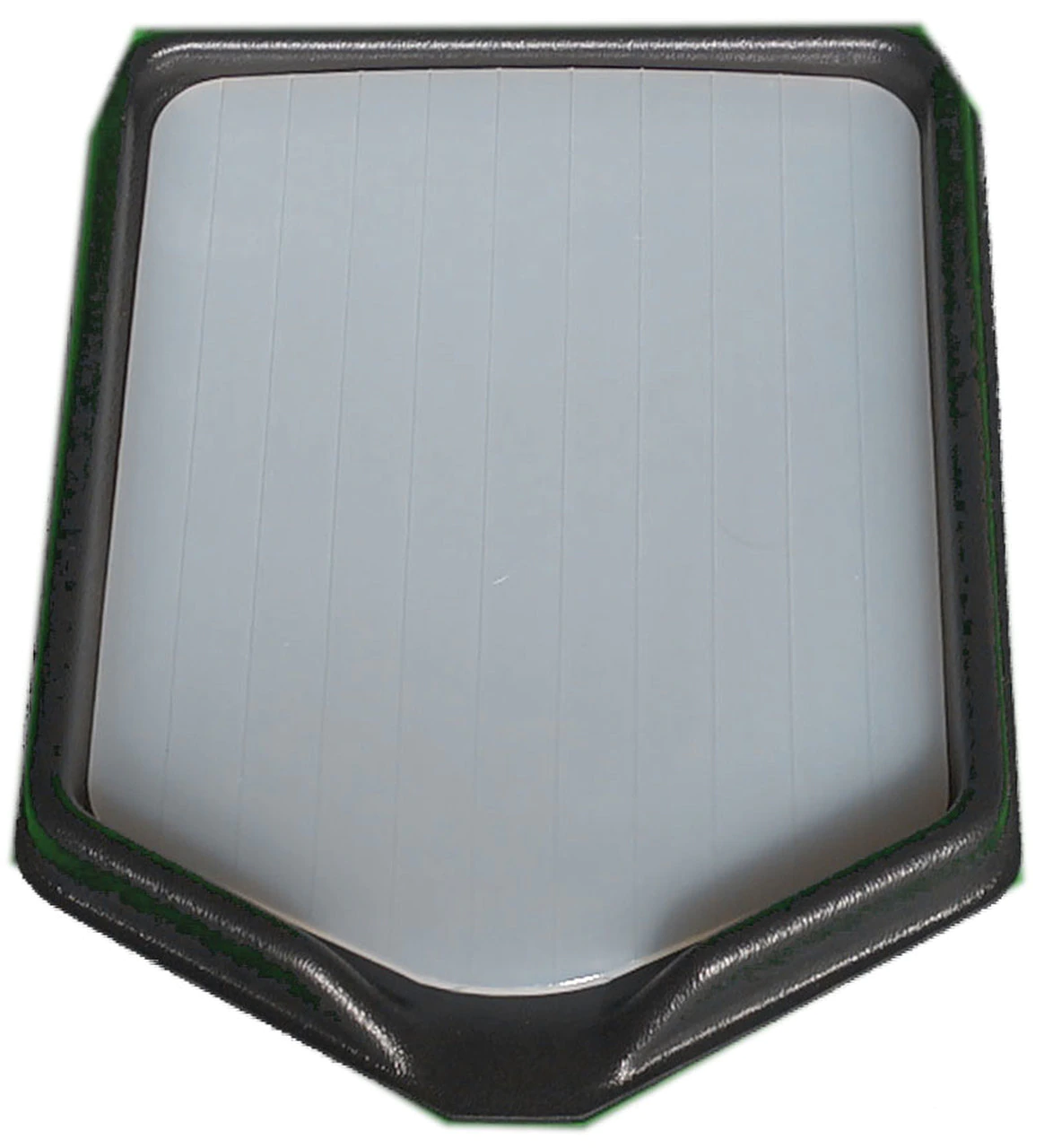
|
Constructed for whey to expel
neatly off one side. This tray fits onto the base of our Dutch Style Cheese Presses. Or it can be used with your press and with many cheese moulds or hoops. Made of heavy duty food grade FDA approved plastic. |
|
| Bamboo Draining Mats |
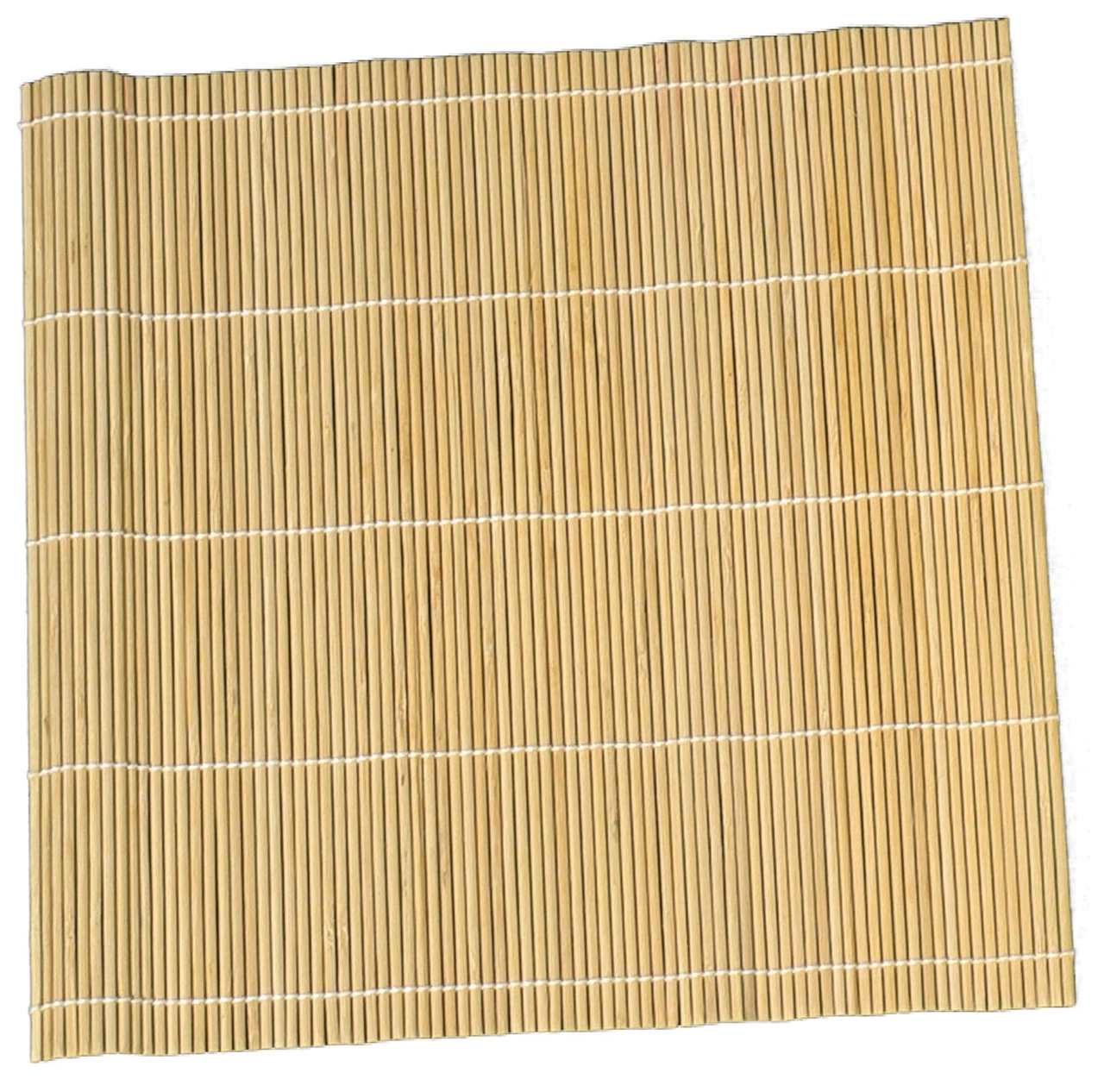
|
These natural reusable bamboo mats are
great for aging your cheeses on, especially if you don't want to age your cheeses on plastic or metal. Can be easily washed and hung to dry. Allows air flow under the cheese. Wash in hot water then sanitize with our no-rinse food grade sanitizer. |
How Long Should I Drain My Cheese For?
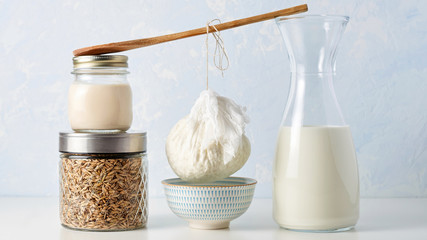
In the same sense that each type of cheese requires a different aging period, the same renders true for its drainage time. For instance, soft cheeses like ricotta requires a minimum of 4 hours of resting time and 4 hours of draining time to thicken the cheese and get the most liquid out, therefore, the longer you can strain the better. On the other hand, aged cheeses like cheddar require a longer drainage time ranging from 4-8 hours and then letting it air dry for 2-5 days before starting the aging process. Each cheese recipe will vary the drainage time but the average recommended amount is between 3-12 hours depending on the texture you’re looking for. For softer, moist cheeses you would need less time versus dryer, harder cheeses which will require additional draining time. In addition, there are quicker versus longer draining processes for each type of cheese as well depending on how much time you have.
How Do I Drain Cheese?
While there are many methods for draining cheese, we will cover the basics. One of the most common ways to drain cheese is by using a mesh cloth or mesh strainer.
- Drain the excess liquid thoroughly - let your cheese sit for 10-15 minutes to cool off before starting the drainage process.
- Using a cheesecloth, mesh cloth, or paper towels, line a strainer or colander with them - we highly recommend using a mesh strainer because it does the most thorough job of draining.
- Place your strainer or colander over a medium-size bowl - to trap the excess liquid from the cheese, you will need a bowl for your strainer to rest on. Please make sure that your mesh strainer or colander does not touch the base of the bowl to prevent the cheese from retaining its own moisture.
- Scoop the cheese in increments on top of the cheese or mesh cloth - avoid pouring in the entire cheese at once, instead, we recommend spooning it in in increments to prevent excess liquid from forming at the bottom of the previous container.
- Cover your cheese - using a clean paper towel, cloth, or plate that fits the inside of the strainer to compress the cheese.
- Place something heavy over the cheese - help the cheese drain by placing a heavy object on top of it like a can of food or bag of stones. This will help the cheese compress and drain more thoroughly.
- For intended use, time the draining - always be sure to follow your recipe’s draining time to reach the cheese’s desired texture and consistency
- If drainage appears slow, stir the cheese - due to the variables in the cooking process, certain batches may take longer to drain. You can speed the slow drainage up by scraping at the sides of the cheese or mesh cloth to allow more moisture to be trapped out.
*Note- This is considered the longer and more thorough method.
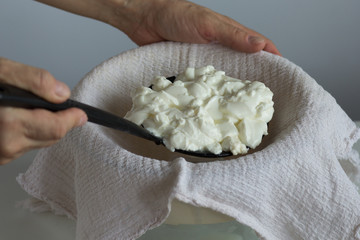
As you can see, at The CheeseMaker, we carry a variety of cheese draining products to best fit your cheesemaking needs. We also have aging containers that come with a draining platform and mat that can fit into most refrigerators easily. As for the cleaning and sanitization process for each of our products, we highly recommend washing and spraying down with our Food Grade Non-Rinse Sanitizer to ensure high quality and thorough cleaning. Whether you prefer traditional methods like using a cheesecloth or draining bag or would like to try something new, you can find it here!

